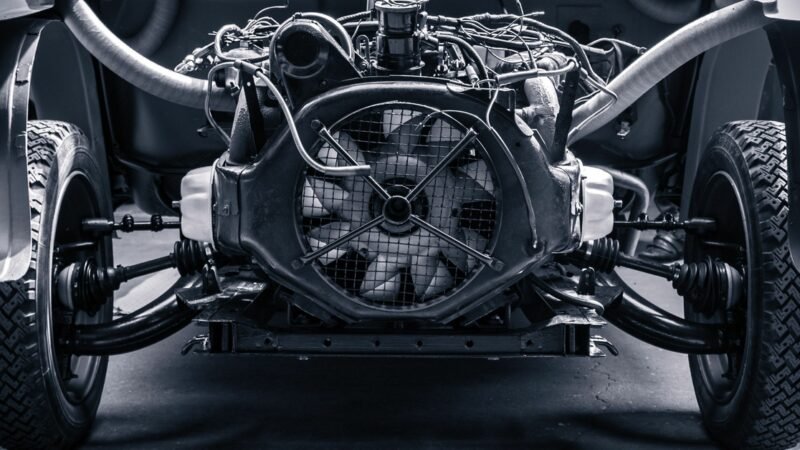Mastering Your Semitruck’s Steering System for Safer, Smoother Drives

Your semitruck’s steering system is more than just a way to turn the wheels; it’s a vital component for safe and efficient driving. A well-maintained steering system ensures better handling, reduced strain on other vehicle parts, and enhanced road safety. Knowing how it works and how to recognize potential issues can save you from costly repairs and unexpected downtime. Read on to gain a greater understanding of your semitruck’s steering system.
Main Components
The steering system in a semitruck is made up of several crucial parts working together to ensure smooth and responsive maneuvering. Each component plays a specific role in supporting the system’s functionality.
- Steering wheel: The driver’s interface for controlling the vehicle’s direction.
- Steering shaft: Transfers motion from the wheel to the steering gear.
- Steering gearbox: Converts the driver’s input into mechanical force to steer the wheels.
- Drag links: Connect the steering system to the wheels, ensuring proper alignment.
- Power steering pump: Provides hydraulic pressure to ease turning effort.
Together, these components form a system designed for precision and ease of operation. The proper function of your semitruck relies on each part working in harmony, demonstrating the importance of regular checks and maintenance.
How the Steering System Works
When the driver turns the steering wheel, the motion is transmitted through the steering shaft to the steering gearbox, where it’s converted into the mechanical force needed to steer the wheels. The semitruck drag links then distribute this force to the front wheels, enabling them to pivot and change the direction of the truck. Meanwhile, the power steering pump supplies hydraulic pressure, reducing the effort required to turn the wheel, especially at lower speeds or when the vehicle is heavily loaded.
Common Issues
Over time, semitruck steering systems can face a variety of common problems that impair performance and safety. One frequent issue is wear and tear on components like tie rods and the steering gearbox, which can lead to looseness or imprecise handling. Alignment issues are another concern, often causing uneven tire wear and a pulling sensation while driving. Hydraulic leaks from the power steering pump or hoses can reduce efficiency, making steering more challenging and potentially leading to system failure if left unaddressed.
Long-Term Maintenance Tips
Maintaining your semitruck’s steering system requires consistent attention and care to ensure long-term performance and safety. Start by scheduling regular inspections to identify potential issues like worn components or alignment problems before they worsen. Promptly address any necessary repairs, such as fixing hydraulic leaks or replacing damaged parts, to prevent costly breakdowns. Additionally, ensure all moving parts are properly lubricated, and use the correct hydraulic fluid to keep the system operating smoothly and efficiently.
Understanding your semitruck’s steering system is key to ensuring safer, smoother drives and avoiding unexpected repairs. Regular maintenance checks and timely repairs can make all the difference in performance. Apply these tips to keep your vehicle reliable and ready for the road ahead.
- RV Life: Tips To Make the Most of Your Investment - July 5, 2025
- The Fundamentals for Success as an Offensive Lineman - July 3, 2025
- 4 Innovative Uses for Shipping Containers - June 28, 2025



